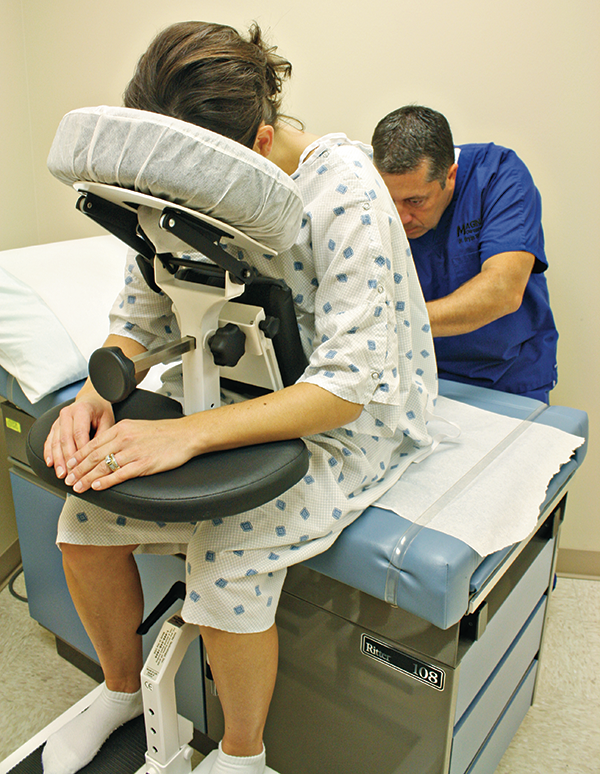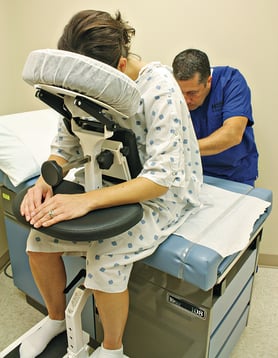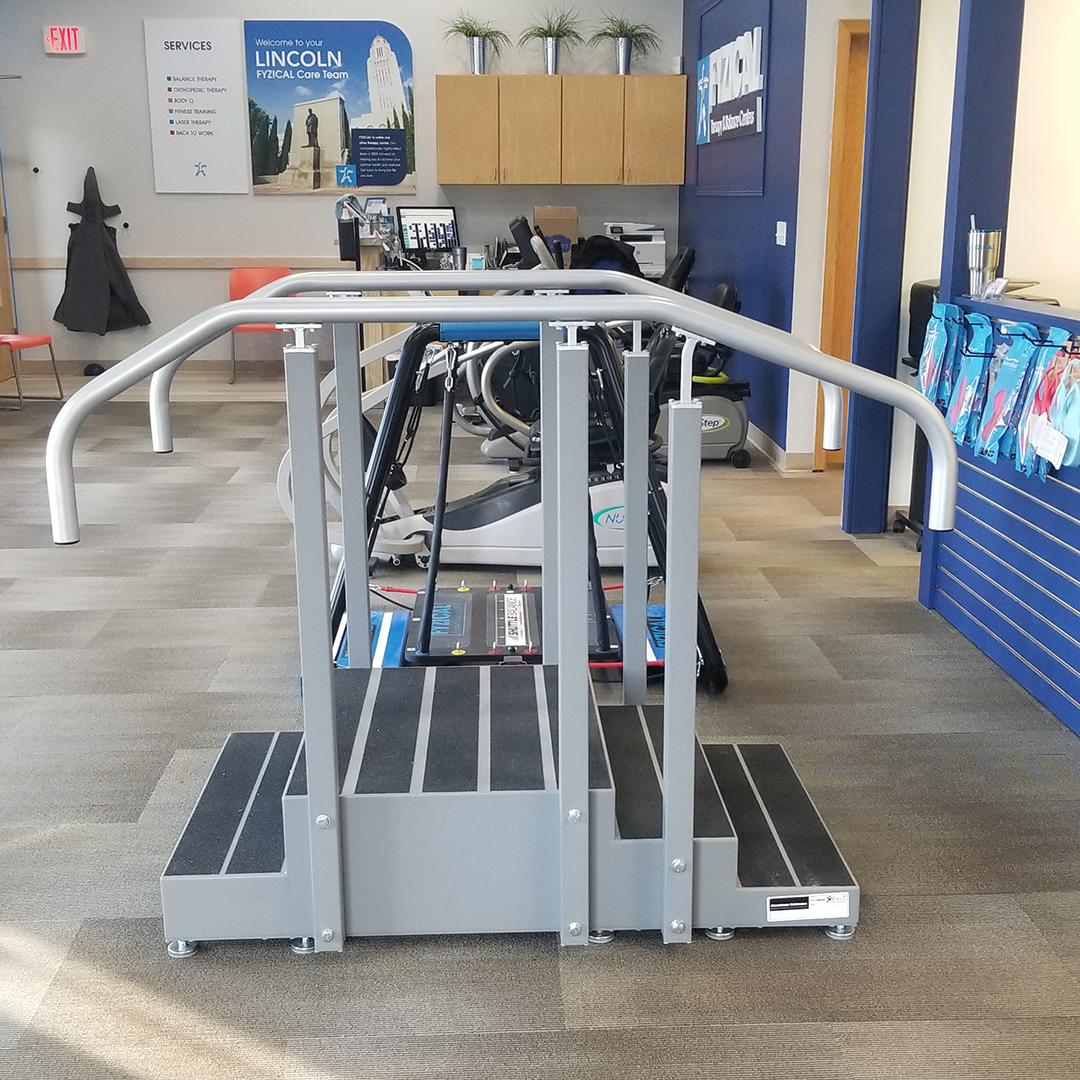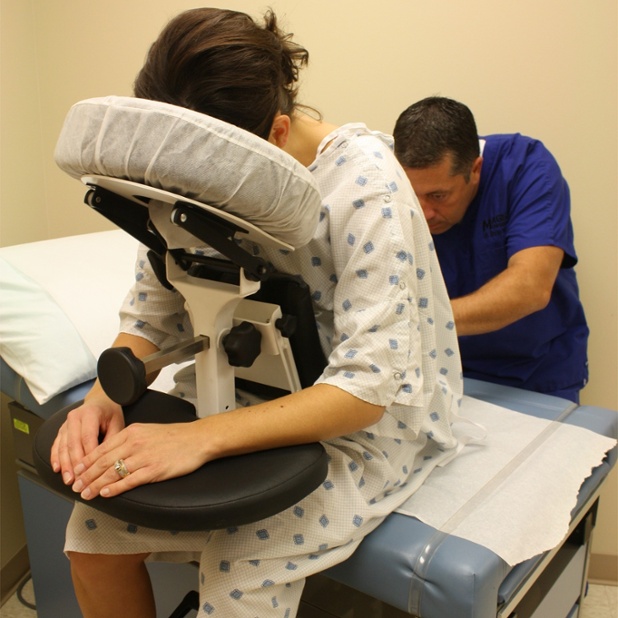Injections and nerve blocks can be an effective way to manage acute pain, but also have benefits for chronic pain sufferers. A recent report in Pain Medicine News has found that transforaminal epidural injections can effectively manage certain forms of chronic low back pain and reduce use of opiates.
A new study suggests that transforaminal epidural injections might be an effective way to manage chronic low back pain in patients with disk herniation and radiculitis.
Researchers conducted a randomized, double-blind, active-control trial on 120 patients with chronic low back and lower extremity pain lasting at least six months. Participants were randomized to two groups and received 1.5 mL injections of 1% preservative-free lidocaine followed by either 0.5 mL of sodium chloride solution (group 1) or betamethasone (group 2). Patients were further categorized responsive—those who experienced relief that lasted at least three weeks with two procedures—or nonresponsive.
In addition to the injections, patients continued their regular pain management regimens (i.e., exercise, drug therapy and physical therapy) and were evaluated for their pain over the course of two years.
The researchers found that after six procedures in the two-year period, 65% of the patients who received local anesthetic and 57% in the steroid group experienced statistically significant improvements in pain relief and functionality. In the responsive group, 80% in the local anesthetic group and 73% of the local anesthetic-with-steroid group experienced statistically significant improvements. They also found that opiate use decreased for both groups.  Patients responded well to both treatments and there was no added benefit to using steroids, the researchers wrote. They noted that one limitation to the study might be the lack of a placebo group.
Patients responded well to both treatments and there was no added benefit to using steroids, the researchers wrote. They noted that one limitation to the study might be the lack of a placebo group.
The study was published in Pain Physician (2014;17:E489-E501).




